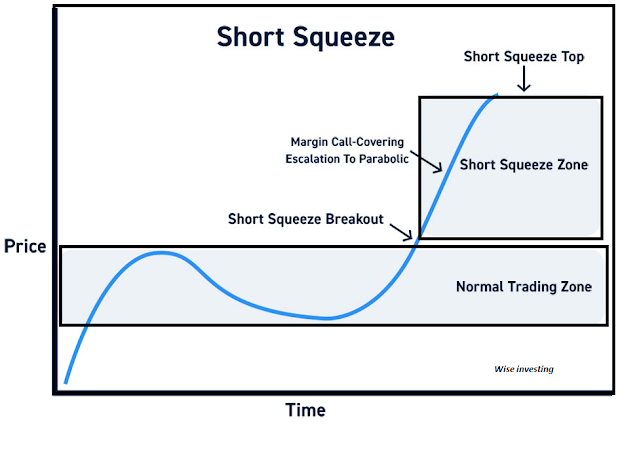Educating Your Children on Finances
Educating Your Children on Finances Ages 3-6. Their eyes are on everything. At this young age, children are like little sponges, learning and soaking in everything. This means they catch more than you think! This is a great time to introduce key financial concepts that they can carry throughout their lives. One study from the University of Cambridge found that money habits in children were formed by the age of 7. When they get money for a birthday or holiday, have them save it in a clear piggy bank or jar. At this age, humans are visual creatures. As they see the amount of money grow they will get excited. Each time you add money, use this as an opportunity to count what they have saved. Help them set a goal of something they would like to use the money on. Activities teaching how to save and the importance of patience are important in this early development in showing sometimes you have to wait. Remember that young children have a short attention span so it is important to keep t...



